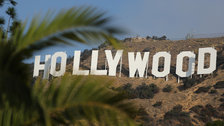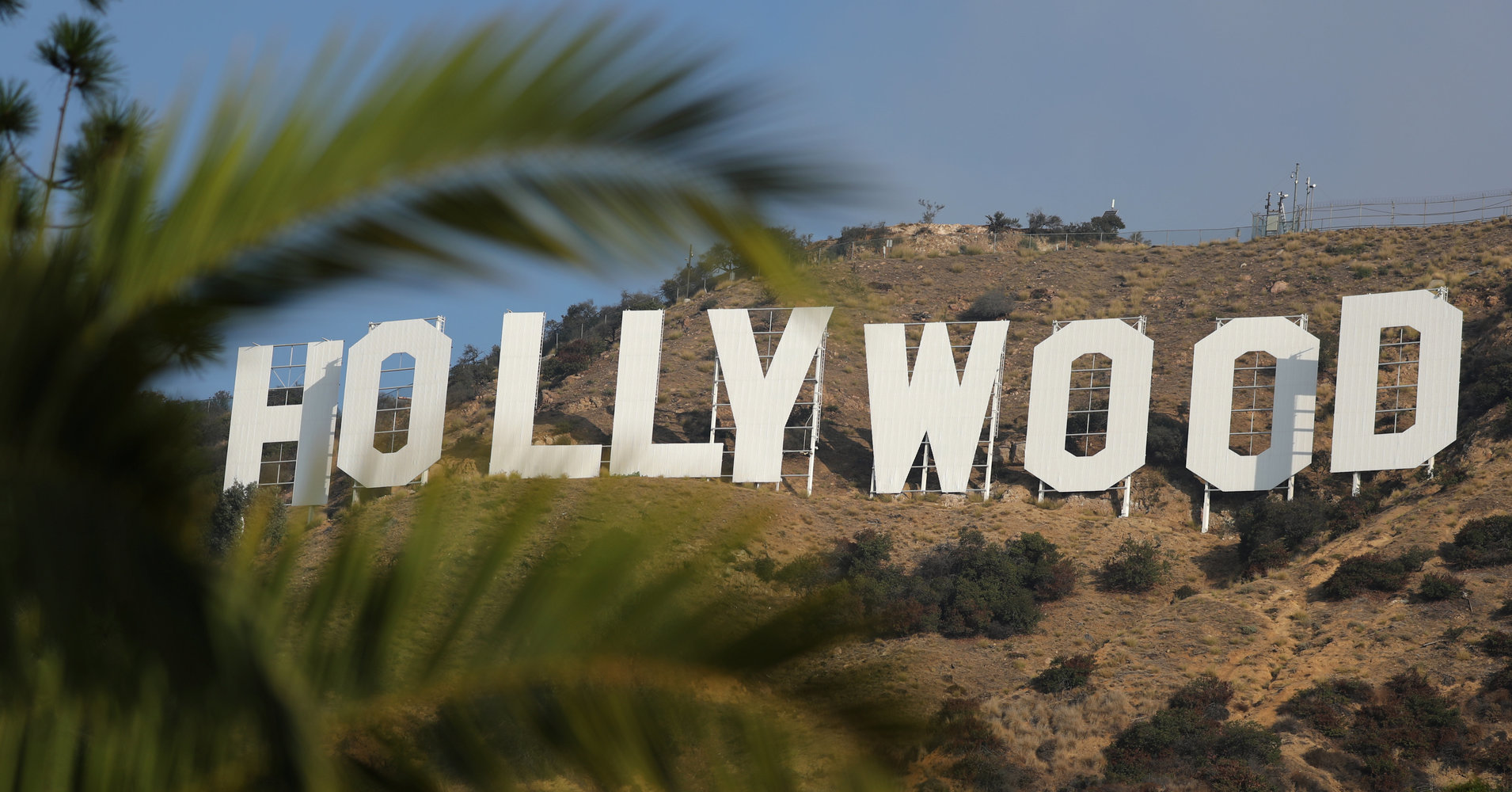[ad_1]

From inclusion riders to public protests, calls for diversity and inclusion in Hollywood have taken the limelight in recent years.
But, according to a report released Tuesday from the University of Southern California’s Annenberg Inclusion Initiative, they haven’t paid off.
The movie industry is still overly white and male both on- and off-screen, despite increasing public attention to the issue, the review― titled “Inequality in 1,100 Popular Films”― found.
The researchers examined 48,757 characters in 1,100 films released between 2007 to 2017. They found that the percentage of female characters and characters from underrepresented racial groups have not significantly changed in over a decade.
There is more than twice the number of males than females on-screen, the report said. Though women comprise half the population, only 30.6 percent of all roles examined were female. From 2007 to 2017, the proportion of female roles increased by less than two percent, the report found. Women were also twice as likely to be sexualized on-screen than men, appearing in sexy clothing or in the nude.
Additionally, the findings revealed no statistically significant change in the percentage of non-white characters. White actors were cast in 70.7 percent of all speaking roles.
The report found a 6.9 percent decrease in white characters from 2007 to 2017, but the number fluctuated during that period.
“There’s some years that the numbers increase by a few percentage points and then decrease and revert back … but 2017 looks really no different from 2016 and very similar to 2008,” Marc Choueiti, one of the co-authors, said. “Overall, we’re not seeing any change over time in a particular direction.”
In 2017′s top movies, 12.1 percent of characters were black, 6.2 percent Latino and 4.8 percent Asian.
Behind the scenes, women made up only 4.3 percent of all directors between 2007 to 2017. Despite the success of Patty Jenkin’s “Wonder Woman” and Sofia Coppola’s “The Beguiled,” the percentage of female directors in 2017 is not “meaningfully different” from 2007, according to the study. Less than 10 percent of directors were people of color.
Films are also lacking in LGBT representation, especially transgender characters. The researchers evaluated 4,403 characters for apparent sexuality. Of those, 31 were lesbian, gay or bisexual — less than one percent of the roles.
Characters with disabilities faced underrepresentation in Hollywood, as well, as they only comprised 2.5 percent of all speaking roles for the past three years.
To achieve diversity, the researchers recommended A-list actors include inclusion riders in their contracts, or provisions to hire underrepresented people for both on- and off-screen positions on the project. They also suggested film companies set specific inclusion goals and local governments look into providing tax incentives for diversity.
The damning report follows a period of reckoning in Hollywood this past year, including the Times Up and Me Too movements, which called attention to the industry’s sexual harassment and gender inequity. A few years ago, activist April Reign started the trending hashtag #OscarsSoWhite to protest the all-white slate of nominees for the awards. The online movement spurred the Academy to heavily recruit female and non-white members and to nominate more underrepresented groups.
“As much as there’s been a real groundswell of awareness and advocacy we have yet to really see that become something that really affects the way people in Hollywood are hiring and casting,” co-author Katherine Pieper said. “It’s important to keep the activism going and keep talking about how much more progress needs to be made.”
Despite Hollywood’s lack of diversity, 2018 has proven that movies featuring non-white leads can sell. “Black Panther” was a resounding success, garnering more than $1.3 billion at the box office, and “Crazy Rich Asians” is expected to attract a huge showing.
Read the full review here:
[ad_2]
Source link

